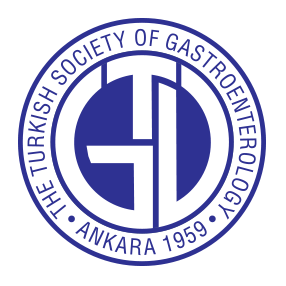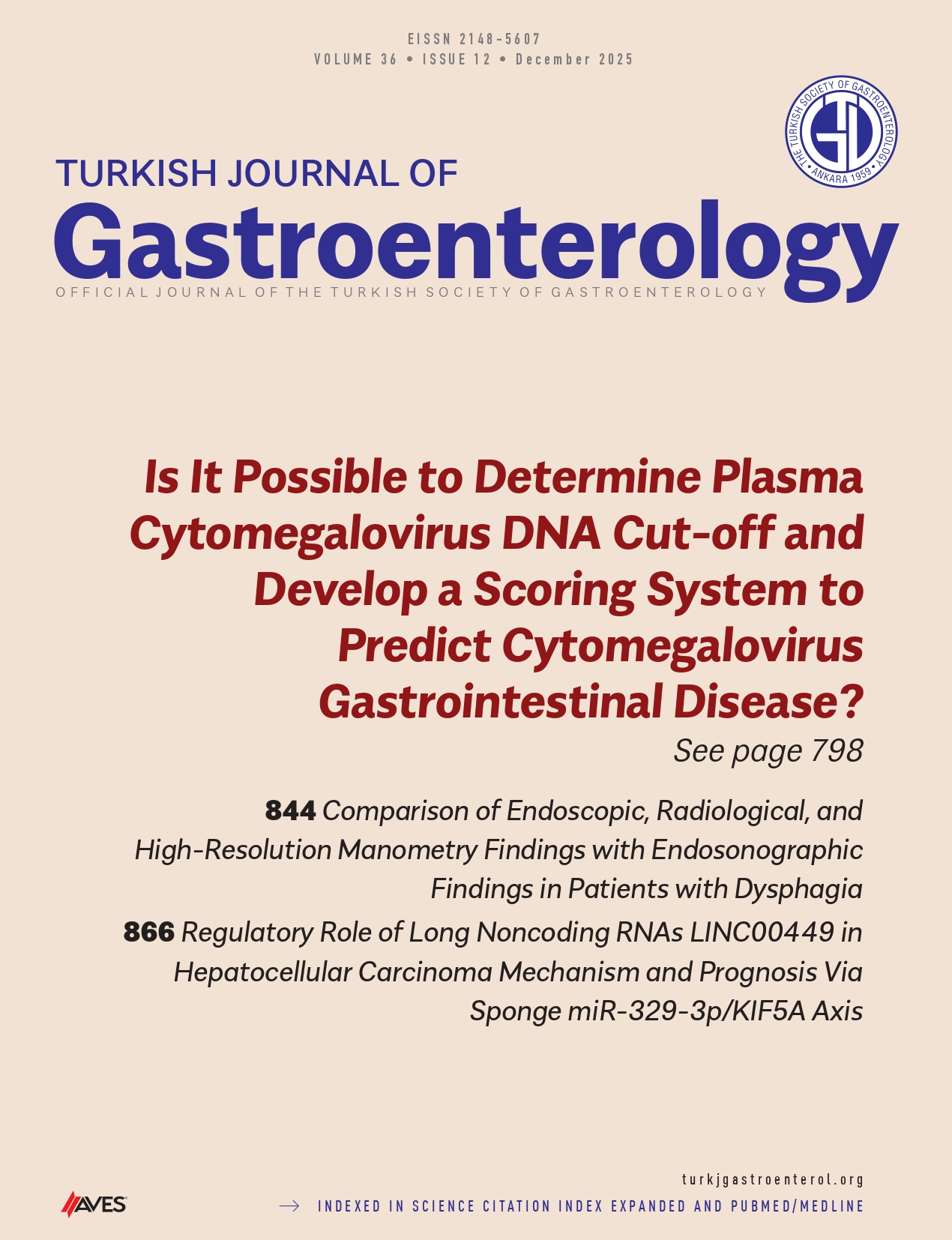Background/Aims: Helicobacter pylori (H. pylori) affects half of the world’s population. Increasing antibiotic resistance seems to be caus ing significant clinical problems. The efficacy of bismuth-containing sequential therapy with clarithromycin (BSTC), bismuth-containing sequential therapy with levofloxacin (BSTL), and bismuth-containing quadruple therapy (BQT) regimens on H. pylori eradication was investigated. The authors also investigated whether high gastric H. pylori colonization density affected treatment success through dif ferent treatment regimens.
Materials and Methods: A total of 751 H. pylori–positive patients were included retrospectively in the following treatment groups: sequential therapy with clarithromycin, sequential therapy with levofloxacin, and bismuth-containing quadruple therapy.
Results: There was a significant difference between the 3 treatment protocols in terms of treatment success rates. When the success rates of the applied treatments were examined, the highest success rate was BSTL (85.3%), which was statistically significantly higher than BQT (74.8%) and BSTC (74.8%). A significant difference was found between the success rates of the protocols applied in the group with high bacterial density (P = .003). The success rates in this group were calculated as BSTL (88.6%), BQT (71.4%), and BSTC (79.4%).
Conclusion: It was concluded that BSTL may be the best option for treating H. pylori infections in first-line treatment. This regimen is particularly effective in cases of severe H. pylori colonization.
Cite this article as: Unler GK, Hilal Erinanc O, Karakoca A, Savas Gokturk H. Best treatment options for severe helicobacter pylori infections. Turk J Gastroenterol. 2025;36(12):807-812.




.png)
.png)